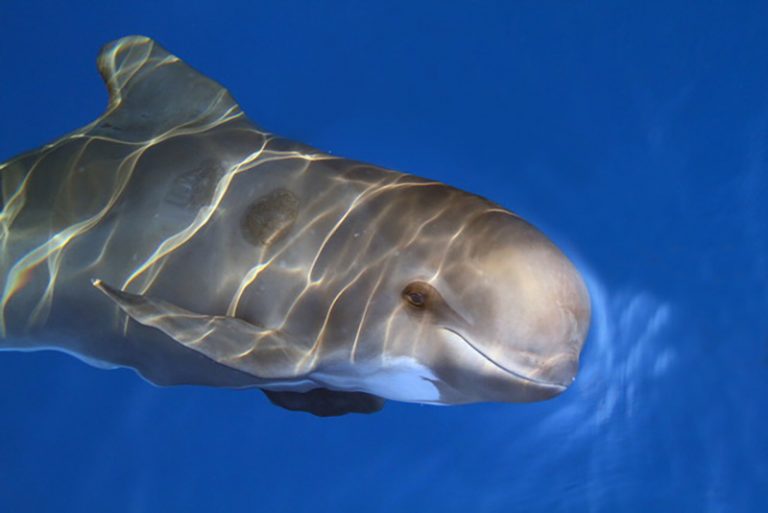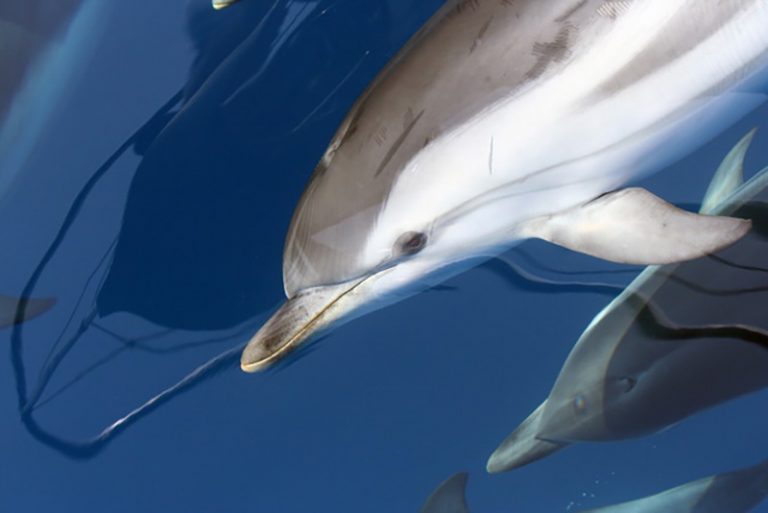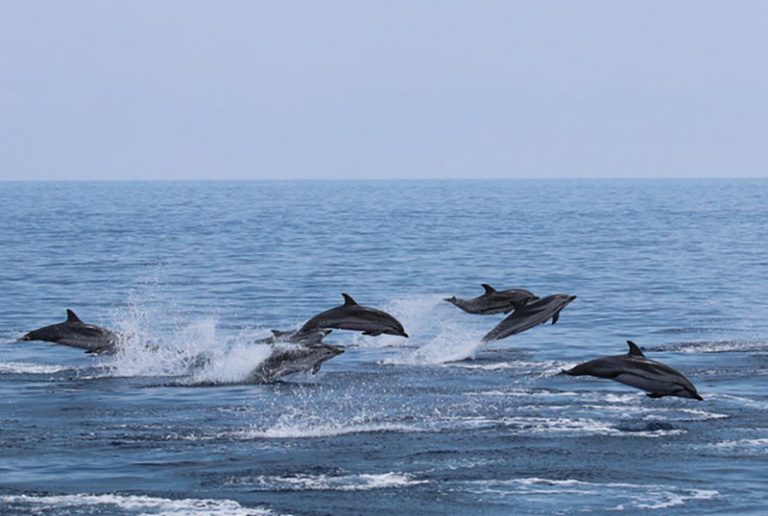Perhaps not all boaters who depart from or dock at Marina Porto Antico in Genoa know that they are within the Pelagos Sanctuary for Mediterranean Marine Mammals, established about twenty years ago to protect marine mammals and their habitat from direct or indirect negative impacts of human activities.
 Whether sailing east or west from your mooring at Marina Porto Antico, the Ligurian Sea offers truly exciting experiences, and encountering a dolphin or whale is not such a rare event.
Whether sailing east or west from your mooring at Marina Porto Antico, the Ligurian Sea offers truly exciting experiences, and encountering a dolphin or whale is not such a rare event.
Thanks to the particular chemical-physical characteristics induced by the morphology and water circulation, the stretch of sea between Sardinia, Tuscany, Liguria, the Principality of Monaco, and France is one of the richest areas of life in the Mediterranean.
This is why, starting from the 1980s, many research institutes and environmental associations proposed creating the Mediterranean’s first international protected area for marine environment conservation, leading to the establishment in 2001 of the Pelagos Sanctuary for Mediterranean Marine Mammals created to ensure a favorable conservation status for marine mammals.

Regarding Liguria, 63 municipalities from Ventimiglia to Sarzana fall within this area.
In the Mediterranean Sea, there are at least 8 different species of cetaceans permanently present: fin whale, sperm whale, Cuvier’s beaked whale, Risso’s dolphin, pilot whale, striped dolphin, bottlenose dolphin, and common dolphin, and five considered occasional visitors such as the minke whale, killer whale, humpback whale, rough-toothed dolphin, and false killer whale.

Boaters should adopt some simple precautions to ensure that whale watching occurs safely both for the marine mammal and for the vessel itself.
Following the advice provided in the code of conduct issued by the Pelagos Sanctuary and its partners for whale watching, here are some simple rules to follow if you encounter a cetacean on your route:
- Move slowly and advance calmly and steadily as soon as cetaceans are spotted, particularly within the 300-meter zone: from 1000 m distance, speed must not exceed 10 knots. Other animals may be present in the area, so the risk of collisions is not negligible;
- Do not approach closer than 100 meters;
- The duration of observation activities should not exceed 30 minutes, and 15 minutes when other vessels are present;
- Only one vessel is allowed within the 300-meter zone;
- Never attempt to touch the cetaceans, feed them, or swim with them, even if the cetaceans themselves spontaneously approach the vessel.

But in this stretch of sea in front of our Liguria, you don’t only spot cetaceans. Among the species you might be fortunate enough to encounter while sailing are, for example, Loggerhead sea turtles, schools of tuna, ocean sunfish, and flying fish.
One more reason to moor in Genoa and sail along the Ligurian coast to discover wonderful places and animals.
(images from www.cetaceifaiattenzione.it)



